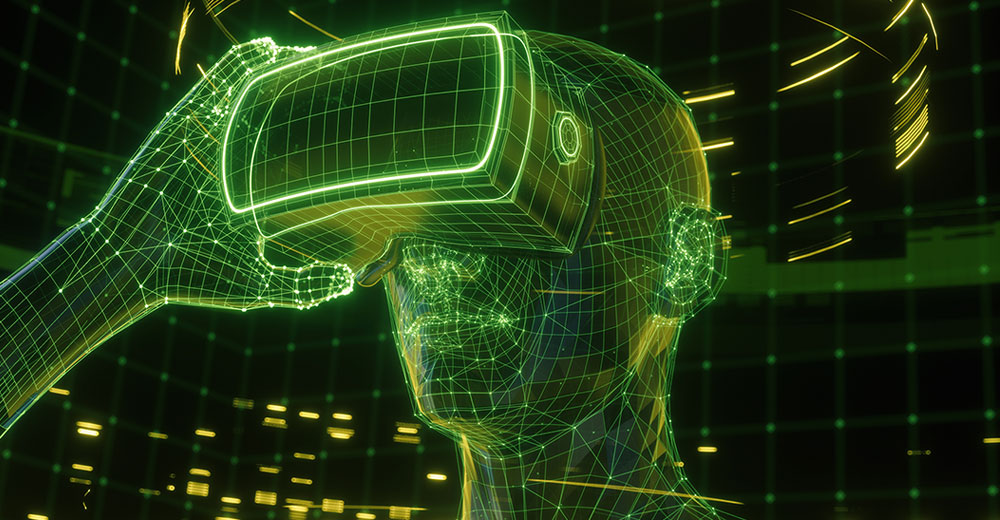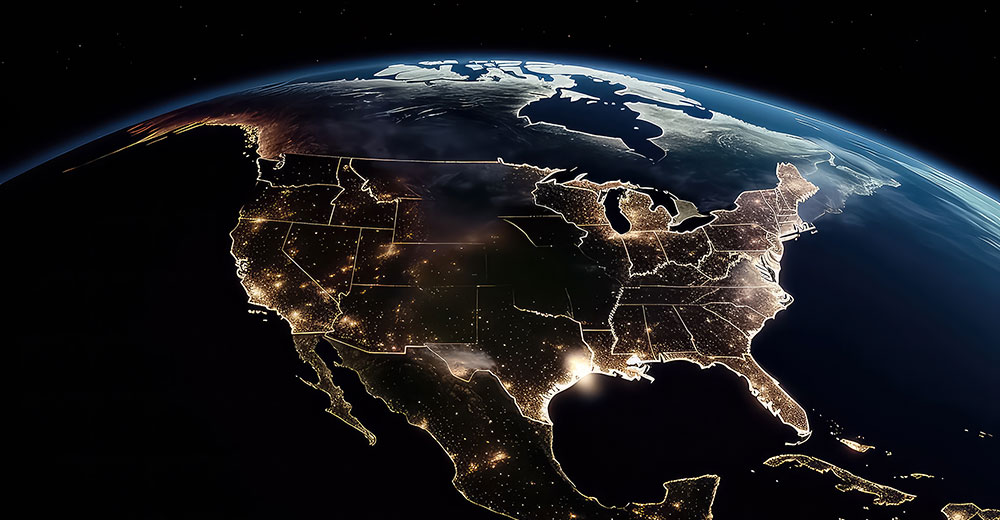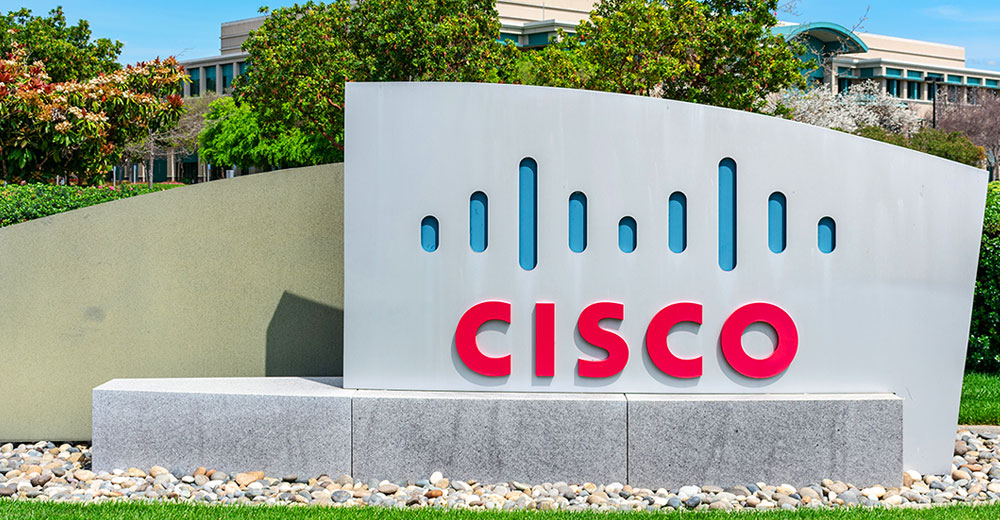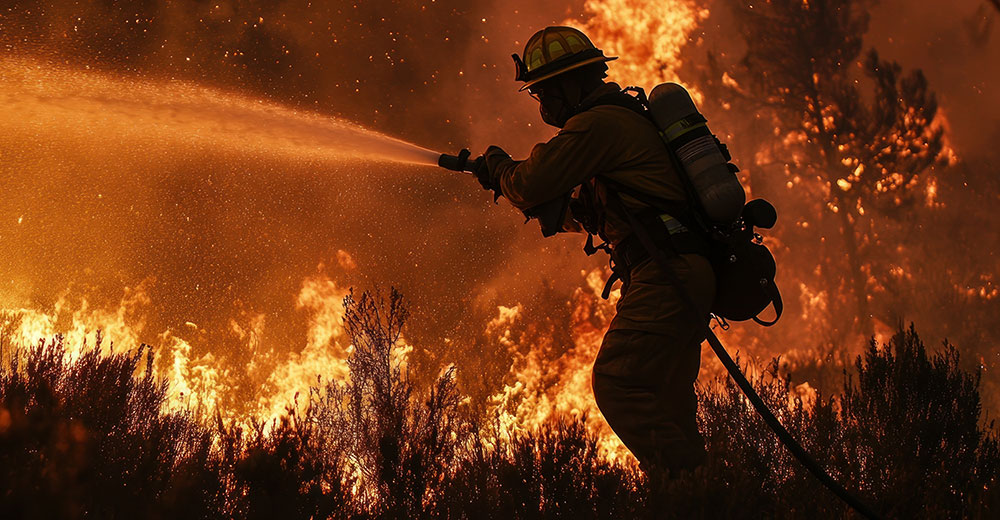The Linux Foundation (LF), one of the primary driving forces behind the continuing growth of open-source technology, is turning its attention to developing a better metaverse and creating a living digital record of the physical world.
In December, LF announced the Open Metaverse Foundation (OMF) with a mission to provide a collaboration space for diverse industries to work on developing open-source software and standards for an inclusive, global, vendor-neutral, and scalable metaverse.
Also in December, LF announced the formation of the Overture Maps Foundation (OMF) to build interoperable Open Map Data that allows developers to build new map services leveraging the combined contributions of Overture members.
The LF organization hopes the mapping plans will rally all forces to master the challenge posed by creating a living digital record of the physical world that no single organization can manage.
The newly formed OMF within the Linux Foundation will focus on initiatives spanning artificial intelligence, cloud and edge computing, digital assets, transactions, identity, networking, simulations, and security. The efforts will bring participating members to collaborate in creating open-source software and standards for an open, global, vendor-neutral, and scalable metaverse.
“We’re still in the early days of the vision for an open metaverse, and we recognize that many open source communities and foundations are working on vital pieces of this iterative puzzle,” said Royal O’Brien, executive director of the OMF, in the announcement.
“While the challenges may seem daunting, I’m energized by the opportunities to collaborate with a broad, global community to bring these pieces together as we transform this vision into reality,” he added.
Metaverse Organizational Plan
The OMF is organized into eight foundational interest groups (FIGs). The goal of each group is to enable a focused, distributed decision structure for key topics.
FIGs provide targeted resources and forums for identifying new ideas, getting work done, and onboarding new contributors. They are comprised of members from specific disciplines committed to advancing projects or scalable technologies within their topic and ensuring that code ownership of every identifiable subpart of projects.
For instance, the subdivisions could address and manage various elements such as GitHub.org, repository, subdirectory, API, test, issue, and public relations. The eight FIGS for the OMF are Users, Transactions, Digital Assets, Simulations and Virtual Worlds, Artificial Intelligence, Networking, Security and Privacy, and Legal and Policy.
The Metaverse offers exciting possibilities for revolutionizing the way we interact and engage. But it comes with immense technical challenges, noted Anni Lai, head of open source operations and marketing at Futurewei, as part of the announcement.
“The Metaverse is not some expensive VR headset. It is not NFTs. It is not even Web3. The Metaverse is an open set of data standards that enables shared, accessible, persistent 3D experiences,” offered Vince McMullin, CEO of GenXP.
New Map-Making Maneuvers
Amazon Web Services (AWS), Meta, Microsoft, and TomTom drove the initiative to establish the OMF, which is open to all communities with a common interest in building open map data. It offers a new collaborative effort to develop interoperable open map data as a shared asset that can strengthen mapping services worldwide.
Overture’s mission is to enable current and next-generation map products by creating reliable, easy-to-use, and interoperable open map data. Its interoperable map is the basis for extensibility, allowing the companies to contribute their own data.
Mapping the physical environment and every community in the world, even as they grow and change, is a massively complex challenge that no one organization can manage, observed Jim Zemlin, LF’s executive director, in a press release.
“Industry needs to come together to do this for the benefit of all,” he said. “We are excited to facilitate this open collaboration among leading technology companies to develop high quality, open map data that will enable untold innovations for the benefit of people, companies, and communities.”
How It Works
Overture members will combine resources to build map data that is complete, accurate, and refreshed as the physical world changes. Map data will be open and extensible by all under an open data license.
“This will drive innovation by enabling a network of communities that create services on top of Overture data,” noted Zemlin.
Map data today is an integral part of thousands of applications for local search and discovery, routing and navigation, logistics, mobility, autonomous driving, and data visualization. Tomorrow’s map services will power augmented reality applications merging the digital and physical worlds to deliver rich social, gaming, education, and productivity experiences.
OMF’s goal to meet that demand is to incorporate data from multiple sources, including Overture Members, civic organizations, and open data sources. The new map foundation will simplify interoperability, and its unique system will link entities from different data sets to the same real-world entities.
Getting Rid of the Chaff
To make that happen, Overture will establish quality assurance processes that validate its data to detect map errors, breakage, and vandalism — thus ensuring that map data can be used in production systems.
A second component of the mapping integration is a structured data schema to define and drive the adoption of a common, structured, and documented data architecture for creating an easy-to-use map ecosystem.
Today’s map services face many challenges. These include sourcing and curating high-quality, current, and comprehensive data from disparate sources. That is difficult and expensive, according to the announcement.
A related challenge is that multiple datasets reference the same real-world entities. Each one uses its own conventions and vocabulary, making them difficult to combine.
Map data is vulnerable to errors and inconsistencies, and open map data can also lack the structure needed to build commercial map products and services on top easily.
“Map data plays an increasingly important role both internally and for our customers across AWS. However, maintaining accurate and comprehensive map data is cost prohibitive and complex, which can put it out of reach for many customers and stifle innovation,” offered Michael Kopenec, General Manager for AWS Geospatial.
OMF’s solution allows everyone to take advantage of the same underlying data to power a wide range of established and emerging mapping use cases across industries, he added in the announcement.
Two Goals Meet
According to Jan Erik Solem, engineering director for maps at Meta, immersive experiences that understand and blend into your physical environment are critical to the embodied internet of the future.
“By delivering interoperable open map data, Overture provides the foundation for an open metaverse built by creators, developers, and businesses alike,” Solem said.























































